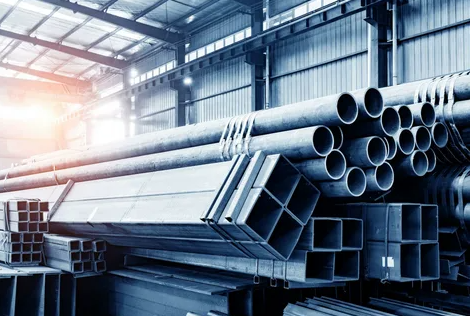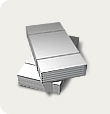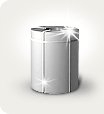Here we need to take a step back and note that the very ideas of tariff convergence of different tariff classes have been expressed before, but in order to avoid too much upheaval, it was decided to start this convergence with those types of transportation that are often carried out within the same industry or even one holding company. The first "shell approach" was made back in March of this year, when Russian Railways contacted the Ministry of Energy with a proposal to change tariffs for the transportation of aluminum and alumina (alumina is a raw material, and aluminum is a finished product).
The idea behind this approach was that since tariffs are increasing for cheap cargo and decreasing for expensive cargo, at least these losses and gains for the shipper (cargo owner) will be in the same industry (or even in the same holding company, as in the case of aluminum) and therefore will not cause such strong rejection as It would be better if the gains and losses were distributed across different industries. In other words, the increase in the cost of the tariff for the transportation of raw materials that you buy will be more or less offset by a decrease in the cost of transporting finished products.
Now, in July 2025, Russian Railways continued its progressive movement in this direction and came up with proposals to bring tariffs for goods consumed and produced by metallurgy closer in the coming years.
It is proposed, on the one hand, to increase tariffs for the transportation of raw materials for the metallurgical industry classified in the first tariff class (tariffs for the transportation of iron ore by an average of 13.5%, coke by an average of 14.5%, coking coal by an average of 21%), and on the other – tariffs for ferrous metals and scrap It is proposed to reduce ferrous metals (cargoes of the third tariff class) by an average of 15.8%, including in domestic traffic (in Russia) – by 17.6%, and for exports through the Far East – by 1.2% (the fact is that when transporting through the Far East, there are already a number of lowering coefficients built into the Price list 10-01 earlier, in previous years, when one of the tasks of the tariff system was to stimulate exports).






